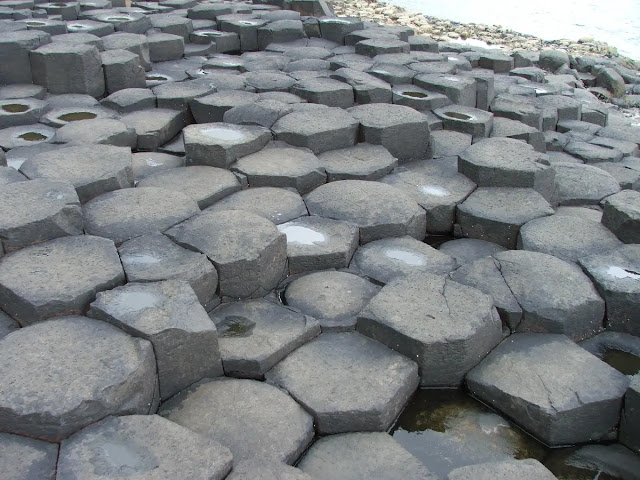Aquadité: Newly Discovered Gemstone
Aquadité is a recently discovered variety of chalcedony and is distinguished by its
copper content and its blue-green color. The gemstone is valued for its
beauty and the diverse patterns and colors it displays.
Aquadité is a recently discovered gemstone, identified in April 2022 on the Maluka Islands in Indonesia. It belongs to the chalcedony family, a microcrystalline form of quartz, and is distinguished by its high copper content. This unique copper infusion gives Aquadité its striking blue-green color, setting it apart from other chalcedonies.
The discovery of Aquadité was serendipitous. During road clearing, a bulldozer struck a rock, revealing a gemstone with unique copper minerals like chrysocolla, malachite, and cuprite. These minerals, which the Gemological Institute of America (GIA) describes as 'confetti' inclusions, give each piece of Aquadité its visually unique appearance.
The name "Aquadité" was coined by gemologist Yianni Melas, blending "aqua" for its watery hues with "dité," in homage to Aphrodite, the goddess of love, beauty, and copper. This name not only captures the gemstone's physical attributes but also imbues it with a mythological charm, linking it to themes of love, beauty, and the sea—a connection that could appeal to a broad audience in the jewelry market.
 |
| Aquadité: Confetti chrysocolla and native copper in chalcedony. Photo: Sabrina Marie of @turquoiseobsessions On Instagram. |
Aquadité is a microcrystalline form of quartz, with copper playing a defining role in its composition. Unlike other chalcedonies, where copper might be seen as an impurity, in Aquadité, it's a signature feature. The copper inclusions give rise to its distinctive color palette, ranging from soft sea blues to vibrant peacock-like greens.
Geologically, Aquadité forms through the infusion of copper-rich fluids into the developing chalcedony. Over time, these fluids deposit copper particles, which become entrapped within the gemstone, creating its characteristic inclusions and color.
Physically, Aquadité shares characteristics with other chalcedonies, with a hardness of 6.5 to 7 on the Mohs scale. It exhibits a waxy to vitreous luster, with transparency ranging from translucent to opaque. Its refractive index is approximately 1.540, and its specific gravity is around 2.56.
 |
| Rough Aquadité: Confetti chrysocolla and native copper in chalcedony |
The value of Aquadité varies based on size, clarity, and the pattern of its copper inclusions. Initially, pieces were priced between $100 and $200, but unique pieces may command higher prices. The gemstone’s rarity, limited to the Maluka Islands, and the effective marketing strategy surrounding its name and origin story, contribute to its perceived value.
 |
| Polished Aquadit chalcedony cabochons |
Aquadité's discovery was not just a geological event but also a market phenomenon. Its distinctive color palette and compelling backstory make it particularly attractive for jewelry. The exclusivity of its source, combined with its unique narrative, ensures that Aquadité is more than just another gemstone—it’s a story of beauty, discovery, and mythological connection.




%20(1).webp)




